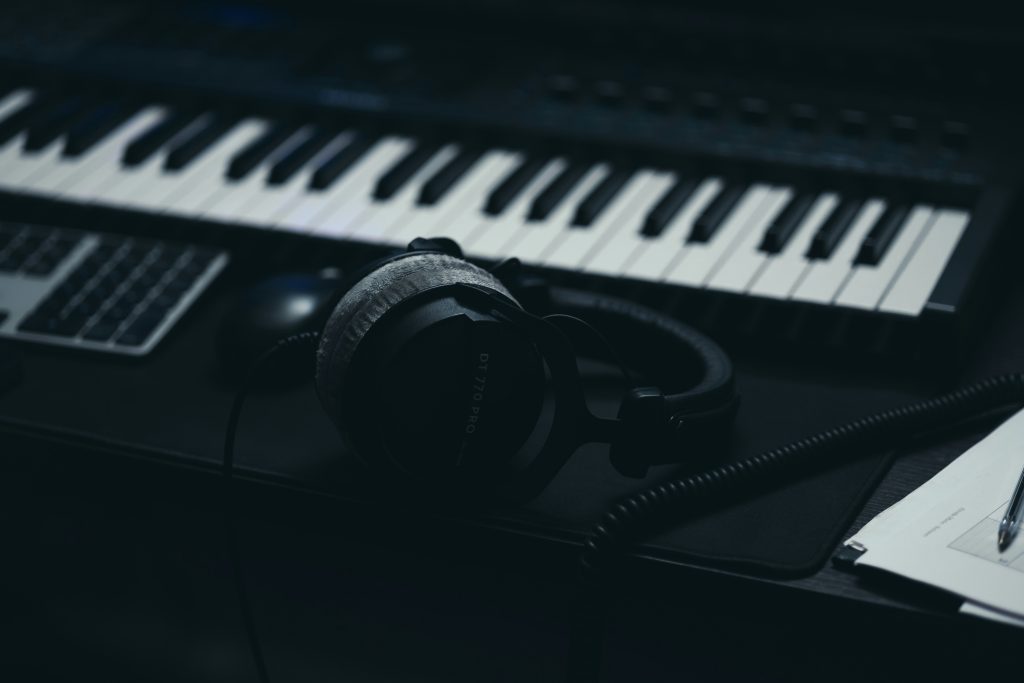
YouTube Faces Music Blockade Amid SESAC Licensing Dispute
In an unexpected turn of events, YouTube and YouTube Music users are currently facing a significant disruption in their music streaming experience. Iconic songs from celebrated artists including Adele, Bob Dylan, Green Day, and Nirvana have become unplayable on the platform, all due to an ongoing legal dispute with the Performing Rights Organization, SESAC.
The situation arose as negotiations for a new licensing agreement between YouTube and SESAC have stalled, leading to the removal of a substantial catalog of popular music from the platform. This includes not only chart-toppers from the likes of Kendrick Lamar and Burna Boy but also classic tracks from legendary bands such as R.E.M.
This dispute highlights the ongoing challenges that digital streaming platforms face when it comes to securing music rights and ensuring fair compensation for artists. SESAC, which manages the rights of various artists and songwriters, has been a key player in the music licensing landscape, advocating for fair treatment and royalties for its members.
As the negotiations continue, many users have taken to social media to express their frustration over the sudden loss of access to beloved songs, reflecting the deep emotional connection that music holds for listeners. The inability to stream these tracks not only affects music lovers but also raises concerns about the viability of streaming services as they navigate the complex web of music licensing.
YouTube has stated that it is committed to reaching an equitable agreement with SESAC, but as the stalemate continues, the future of numerous hit songs remains uncertain. This conflict serves as a reminder of the precarious balance between content creators, streaming platforms, and the organizations that protect their rights.
The impact of this dispute extends beyond just music availability; it poses questions about the sustainability of the streaming model that many consumers have come to rely on. If licensing disputes become more common, consumers may find themselves frequently faced with a fragmented music experience, forcing them to reconsider their streaming choices.
As this situation unfolds, all eyes will be on YouTube and SESAC to see how they resolve their differences. Will they come to a satisfactory agreement that allows users to enjoy their favorite tunes once again? Only time will tell, but for now, the silence of some of the music world’s biggest hits is a stark reminder of the challenges that lie ahead in the digital age of music consumption.
In conclusion, as the music industry continues to evolve, the importance of fair licensing agreements will only grow. The outcome of this dispute could have lasting implications not only for YouTube but for the entire streaming ecosystem, which relies heavily on the delicate interplay of rights management and artist compensation.
Tags: Artist Rights, Music Licensing, SESAC, YouTube

相關頭條